The discovery of a 30,000-year-old baby woolly mammoth in Yukon, Canada, has provided an extraordinary window into the Ice Age, offering valuable insights into the ancient world. This rare find, named ‘Nun cho ga’ by the local First Nation band government, presents an incredible opportunity for archaeologists and scientists to study the physical characteristics, environment, and genetic makeup of these magnificent creatures. Let’s dive into the details of this remarkable discovery and explore what it could mean for our understanding of the past.
The Discovery of Nun Cho Ga: A 30,000-Year-Old Baby Mammoth
In June 2022, gold miners working on Eureka Creek in Yukon, Canada, unearthed a startling and unprecedented find: the mummified remains of a baby woolly mammoth. Preserved in the region’s permafrost, the mammoth was astonishingly intact, with its skin, hair, and even small tusks remaining in near-perfect condition. The permafrost acted as a natural freezer, preserving the body of the young mammoth for thousands of years, allowing researchers to study this ancient creature in detail.
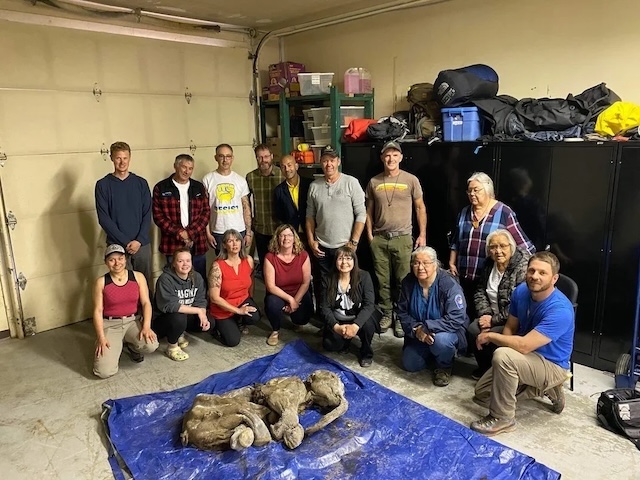
Nun cho ga, approximately 140 cm in length, is one of the most complete mummified mammoths ever discovered. The preservation is so detailed that even the trunk, toenails, and some patches of fur were found intact, providing a glimpse into the life and environment of these ancient giants. The find is considered one of the most significant paleontological discoveries in recent times, comparable only to the 2007 discovery of another baby mammoth, Lyuba, in Siberia.
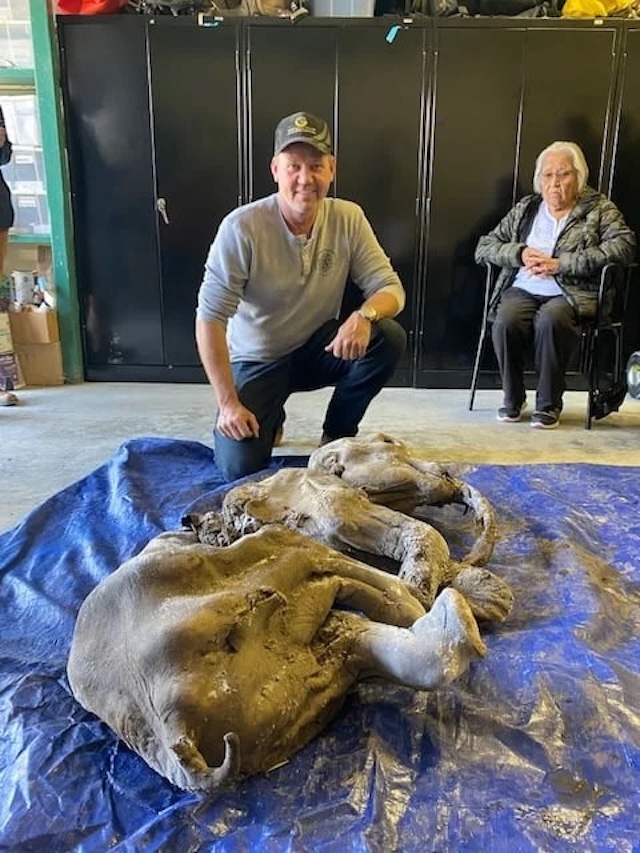
Insights from the Mummified Remains
The exceptional preservation of Nun cho ga provides a wealth of information for researchers. Wooly mammoth hair, for example, offers clues about the animal’s diet and the environmental conditions of the Ice Age. By analyzing the hair samples, scientists can uncover details about the mammoth’s final meals and the vegetation that existed during its lifetime. This data can significantly enhance our understanding of Ice Age ecology and how these massive creatures adapted to their surroundings.
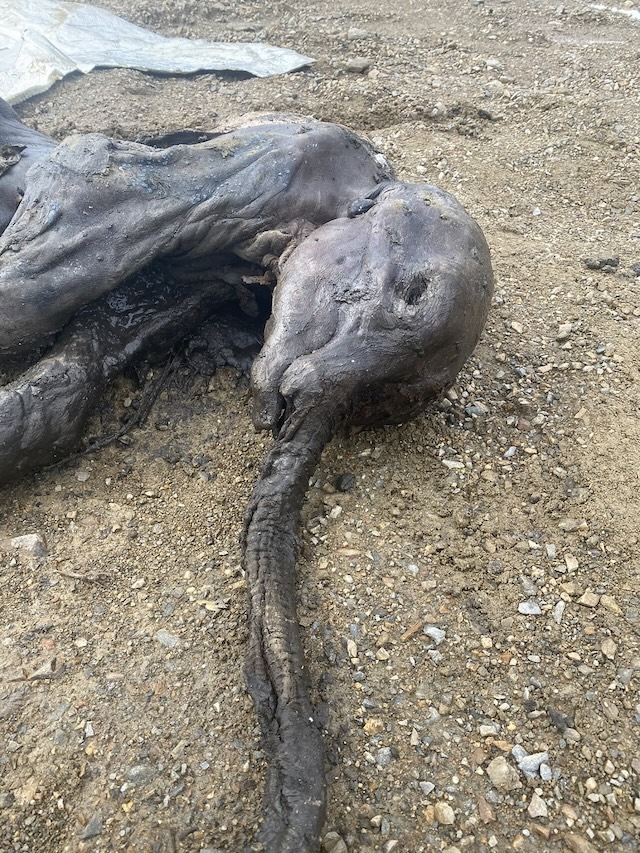

Moreover, the tusks of Nun cho ga could reveal the mammoth’s age and offer insights into the stressors it experienced during its life. Like rings on a tree, mammoth tusks grow in layers, recording vital information about the animal’s health and the climate conditions of its environment.
The internal organs of the baby mammoth are of particular interest as well. By examining the stomach contents, researchers hope to learn more about the woolly mammoth’s diet and how they managed to survive in the harsh, frigid environment of the Pleistocene epoch. This information not only sheds light on the mammoth’s biology but also helps reconstruct the ecological conditions of the Ice Age.
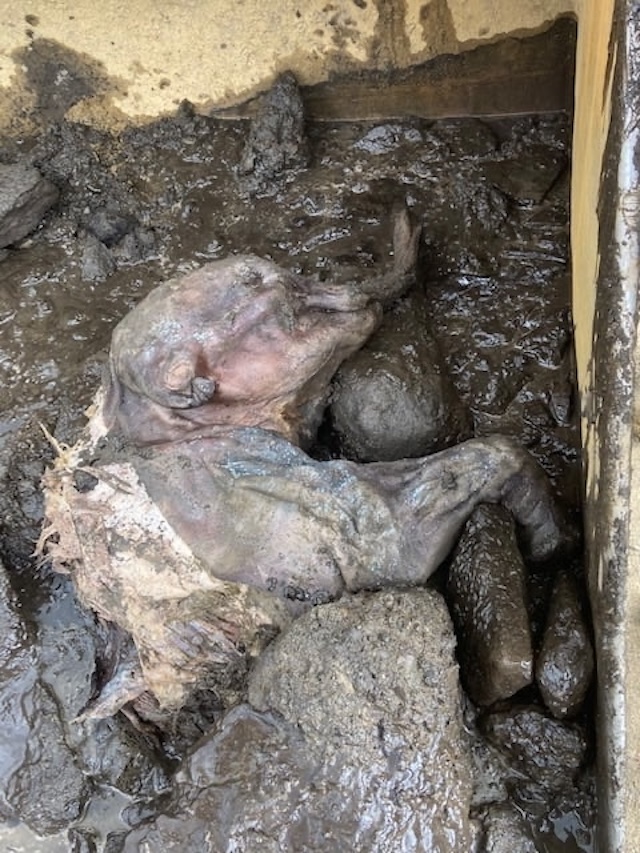
The Significance of This Discovery
The discovery of Nun cho ga opens new avenues for scientific research, allowing a more comprehensive study of woolly mammoths than ever before. The near-perfect preservation of this baby mammoth enables scientists to explore its physical characteristics, diet, and even behavioral aspects. With such a complete specimen, researchers can analyze how mammoths adapted to the cold and assess their interactions with the environment.
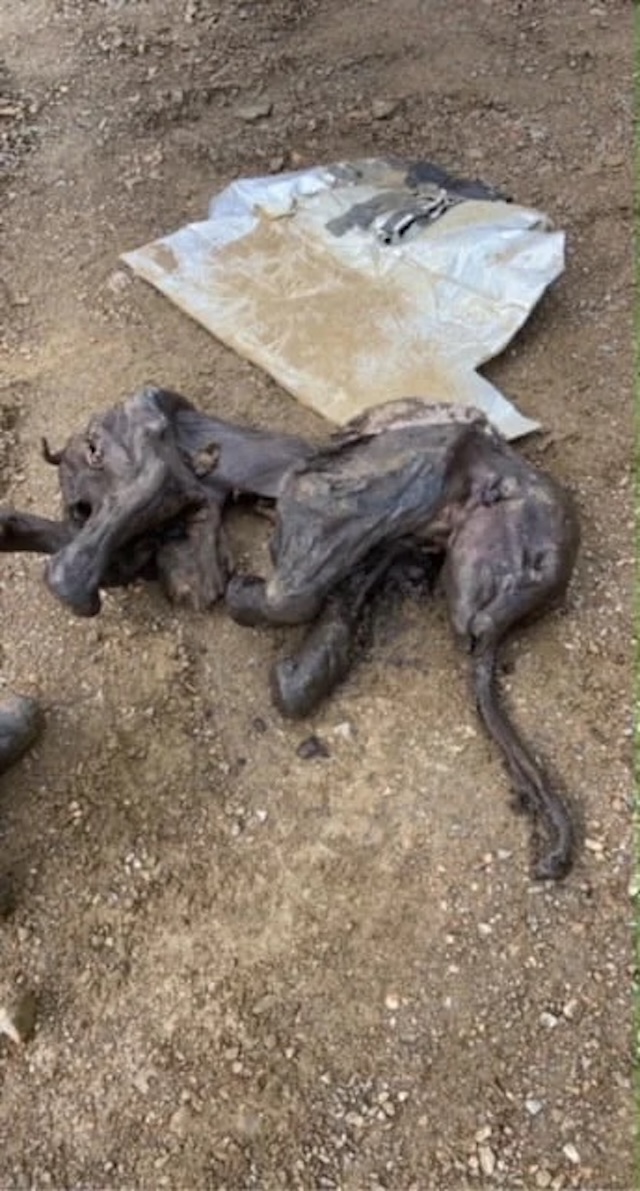
Additionally, the discovery brings attention to the process of permafrost mummification. The extreme cold and dry conditions of the Yukon permafrost played a crucial role in preserving Nun cho ga, halting decomposition and offering an unparalleled glimpse into Ice Age life. This highlights the significance of permafrost regions as repositories of ancient biological materials, potentially holding more undiscovered remains.
On a cultural level, this find holds immense importance. The Tr’ondëk Hwëch’in First Nation, on whose land the mammoth was found, named it ‘Nun cho ga,’ meaning “big baby animal.” This discovery connects modern Indigenous communities with their ancient history, emphasizing the cultural and historical value of the land and its long-gone inhabitants.
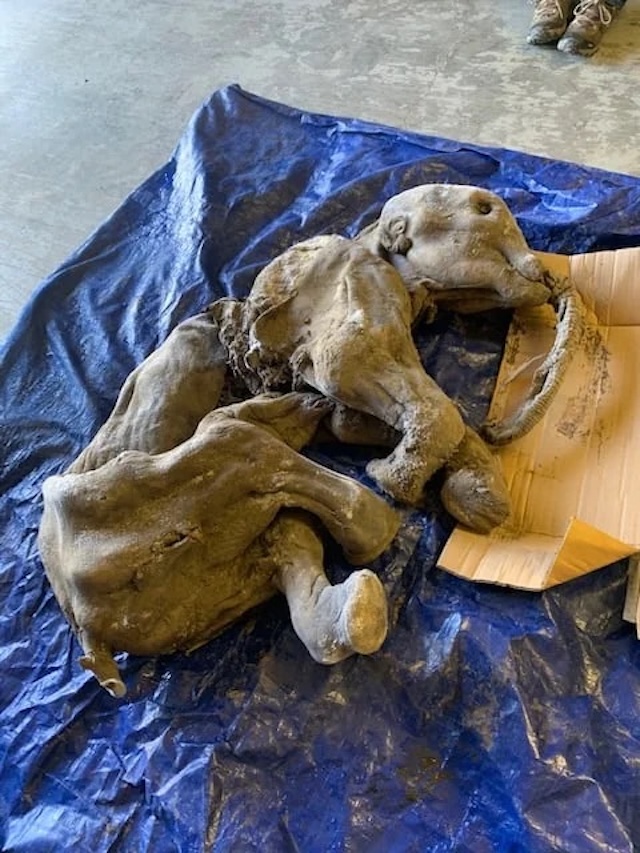
Future Research and Implications
The discovery of Nun cho ga opens up several potential research opportunities. Scientists are particularly eager to analyze its DNA, comparing it to that of modern elephants to understand evolutionary changes and adaptations over millennia. This research could provide clues about the genetic variations that allowed woolly mammoths to thrive in the cold climate of the Pleistocene.
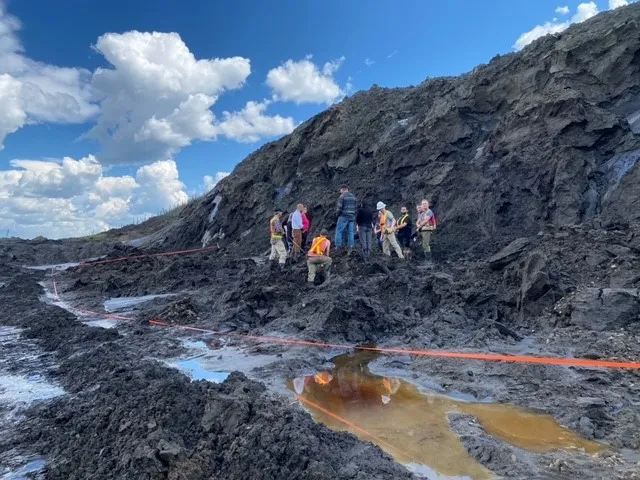
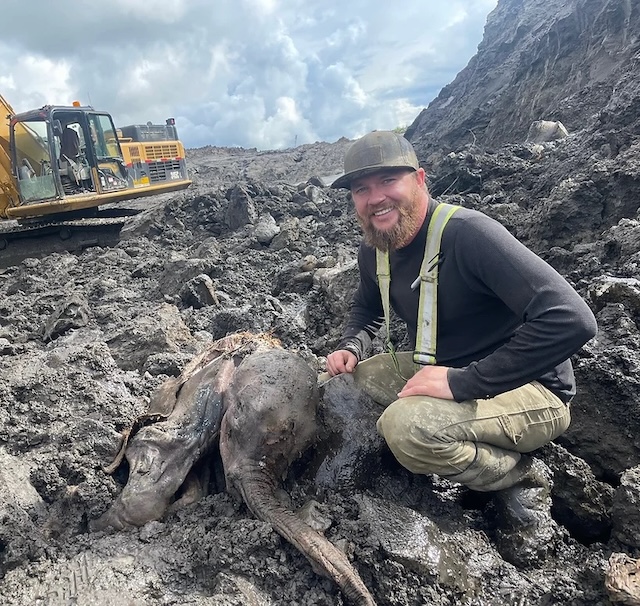
The DNA analysis of Nun cho ga may also raise the possibility of de-extinction. With a complete genetic blueprint, researchers could explore whether it might one day be feasible to bring back the woolly mammoth—or at least create a hybrid with modern elephants. While this idea remains speculative, it showcases the potential of advanced genetic research stemming from this discovery.
Additionally, studying Nun cho ga could help scientists learn more about how animals adapt to extreme environmental conditions. As climate change continues to impact ecosystems today, understanding the survival strategies of Ice Age creatures like woolly mammoths could provide valuable insights into current and future adaptations of species facing changing climates.

Conclusion
The discovery of Nun cho ga, a 30,000-year-old baby woolly mammoth, marks a significant breakthrough in our understanding of the Ice Age and its inhabitants. The well-preserved body provides researchers with an invaluable opportunity to explore the biology, behavior, and environment of woolly mammoths in unprecedented detail. Through this find, scientists can uncover secrets about the past, broadening our knowledge of these magnificent creatures and the world they roamed.
As further research unfolds, Nun cho ga may reveal even more about the mysteries of the Ice Age, contributing to our understanding of ancient ecosystems and the interplay between climate, flora, and fauna. This remarkable discovery not only captures the fascination of scientists and the public alike but also connects us to a world long forgotten, frozen in time beneath the Yukon permafrost.
